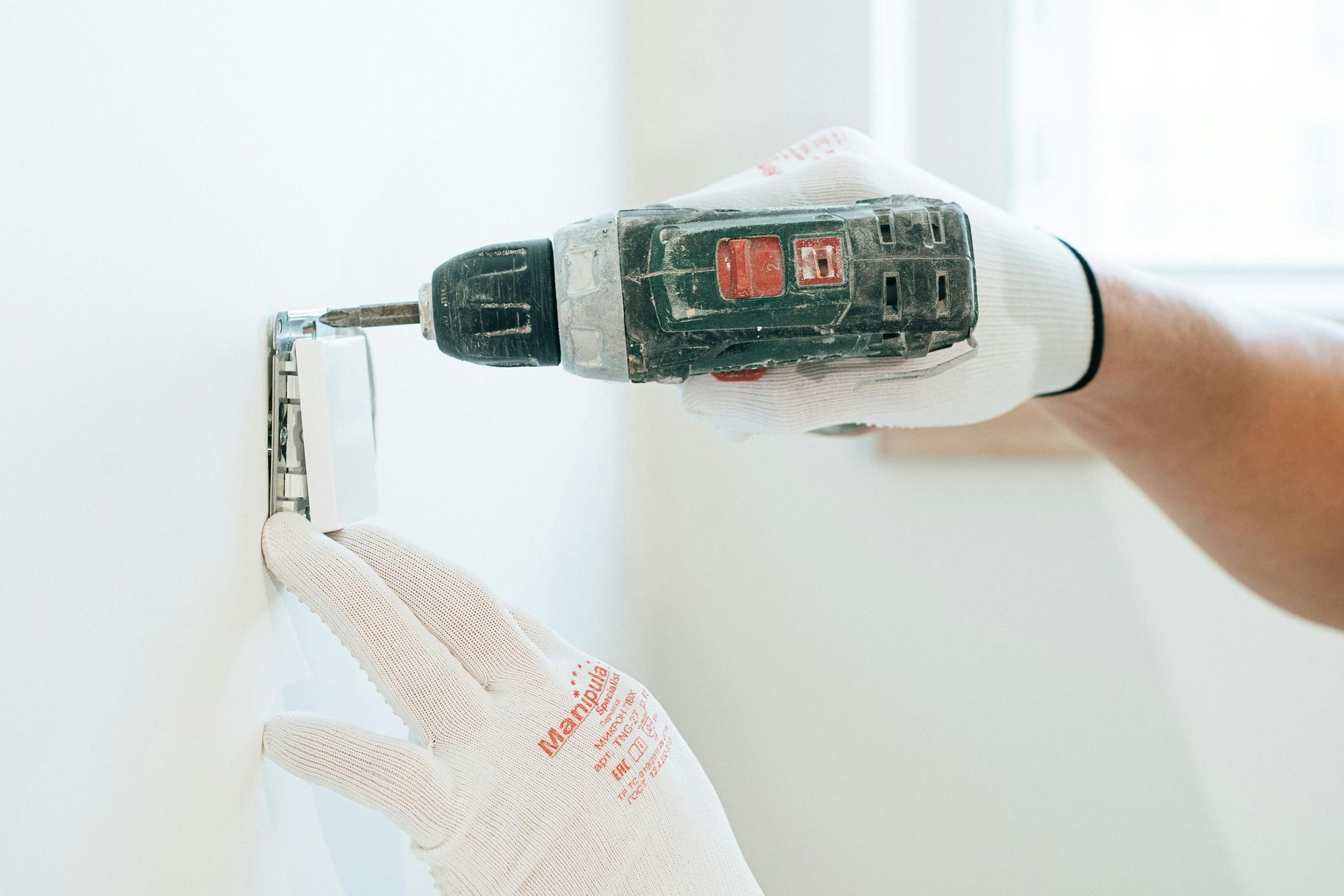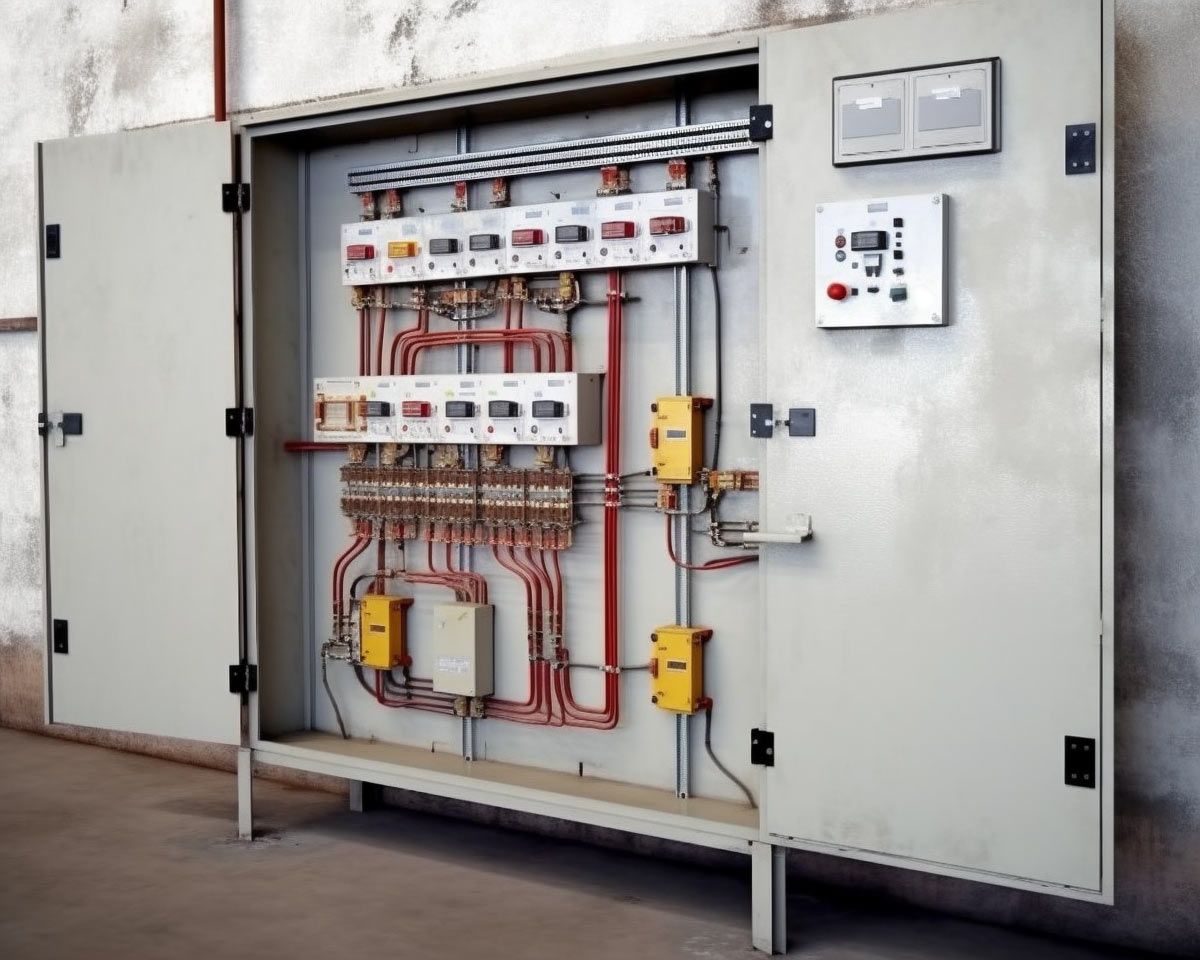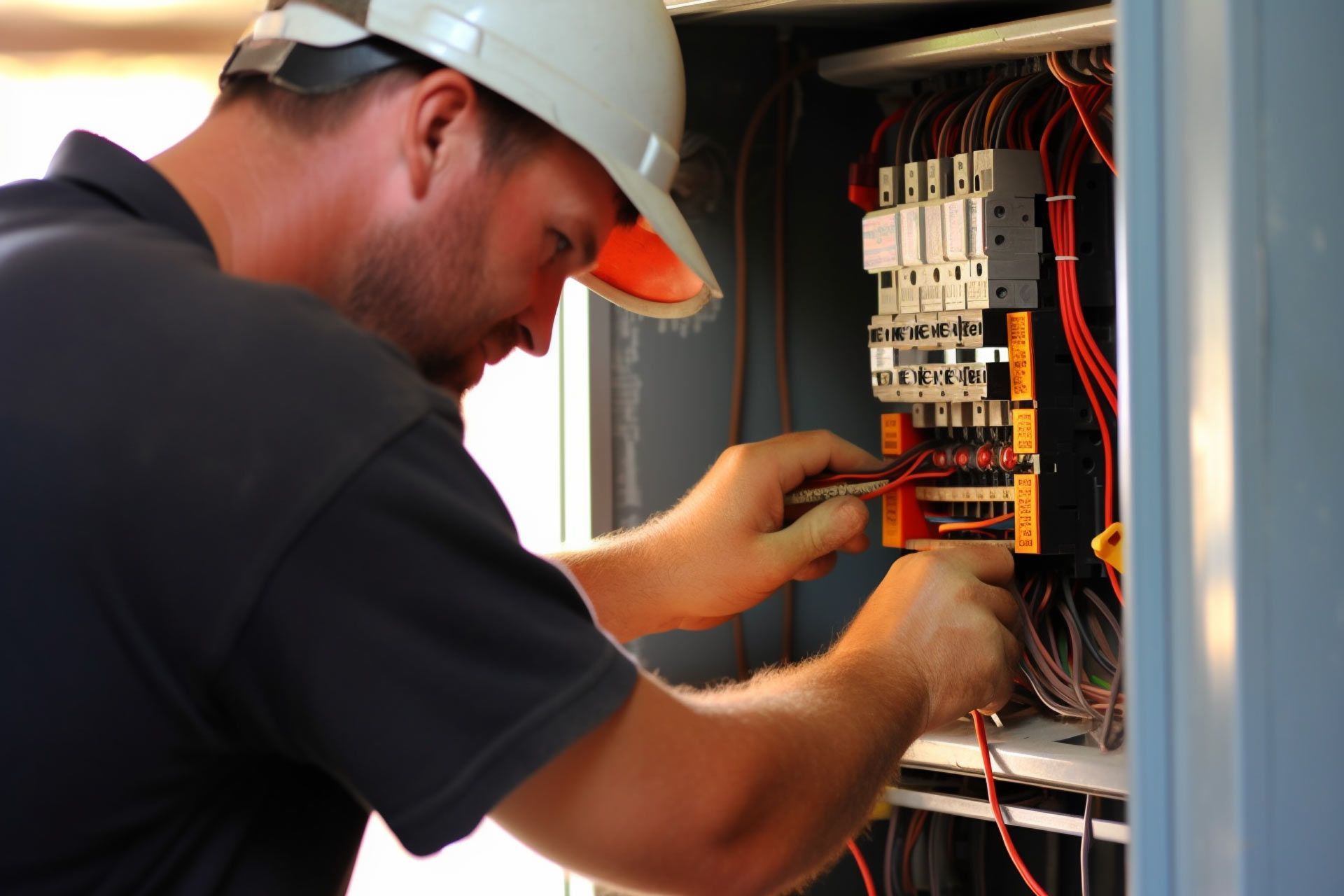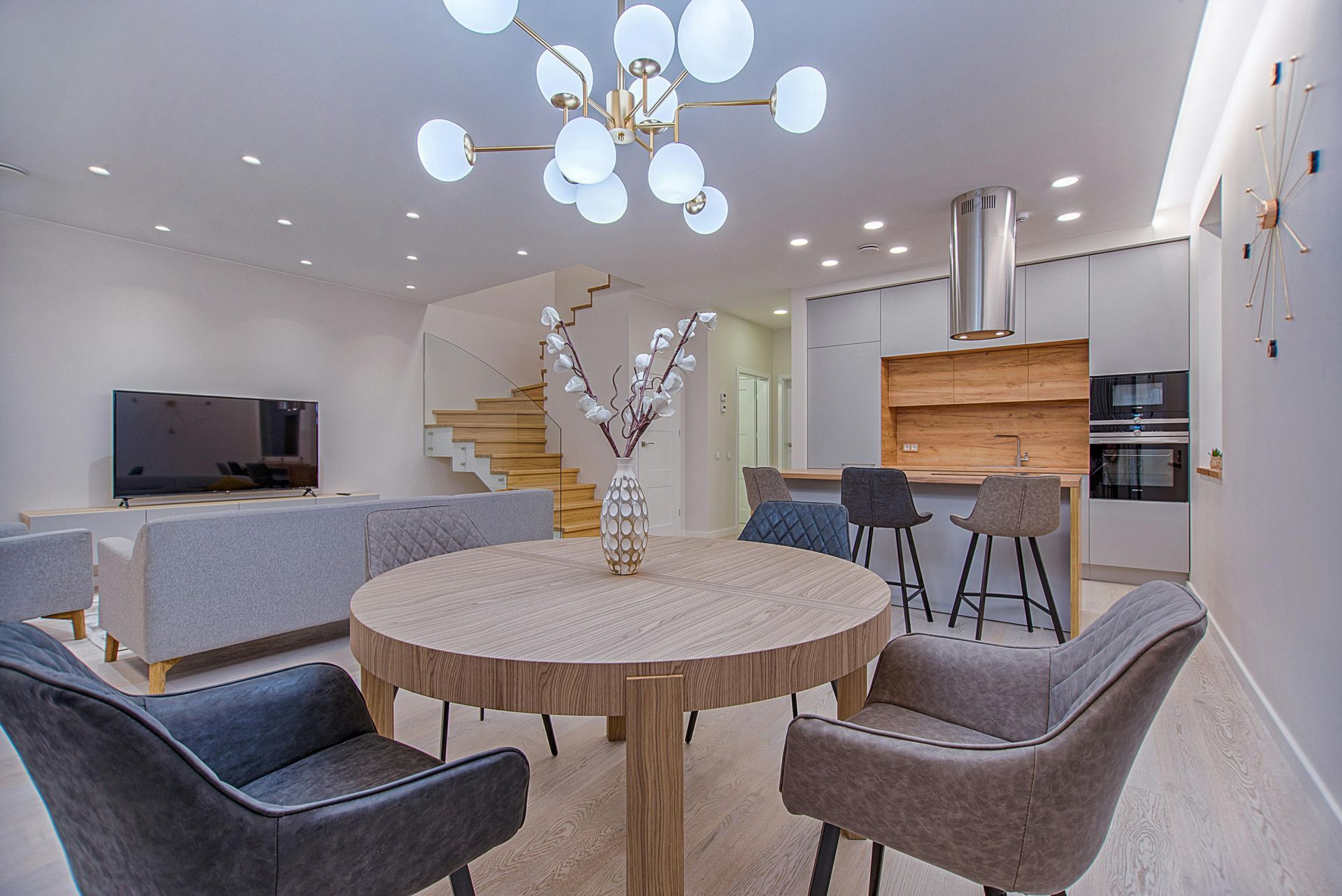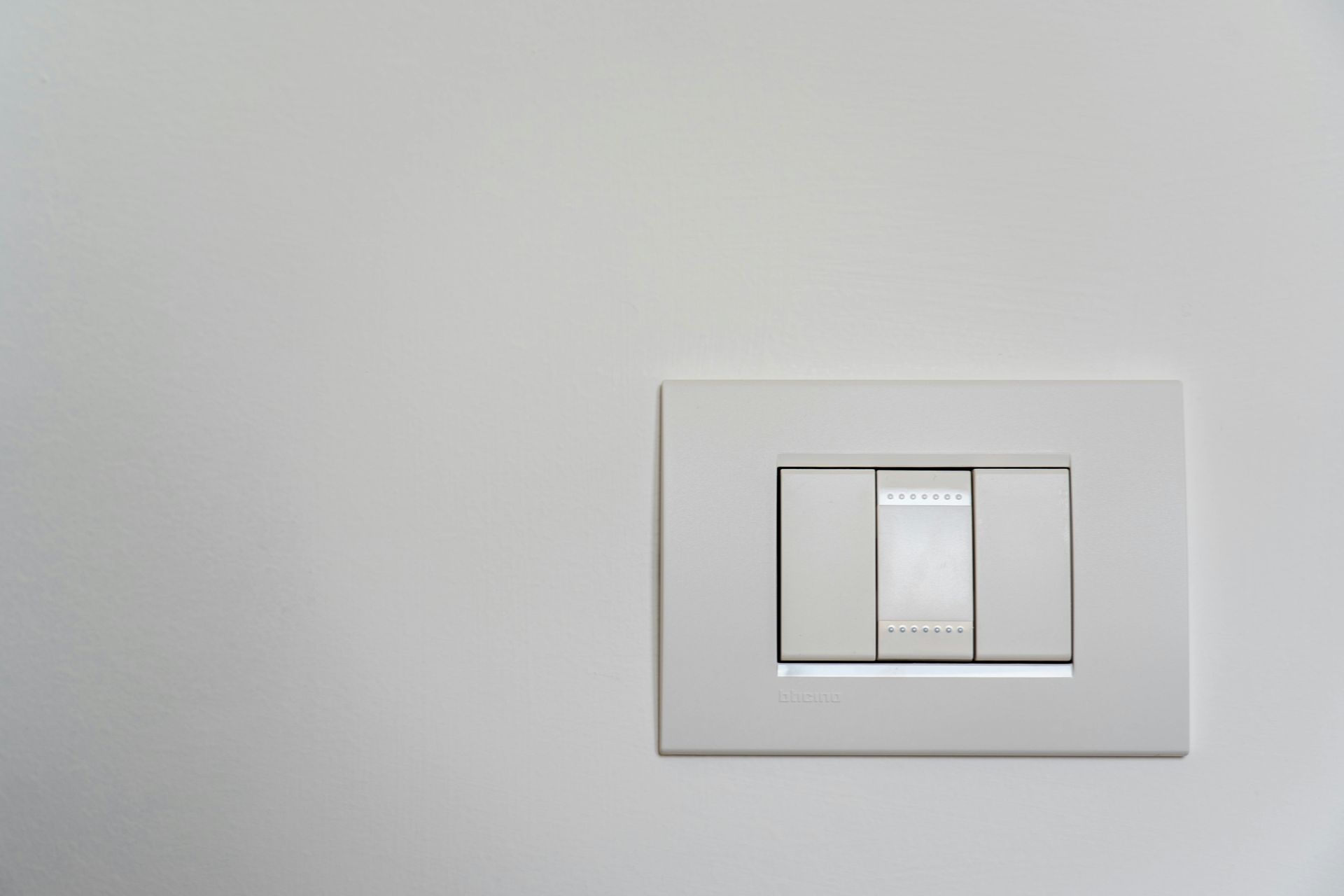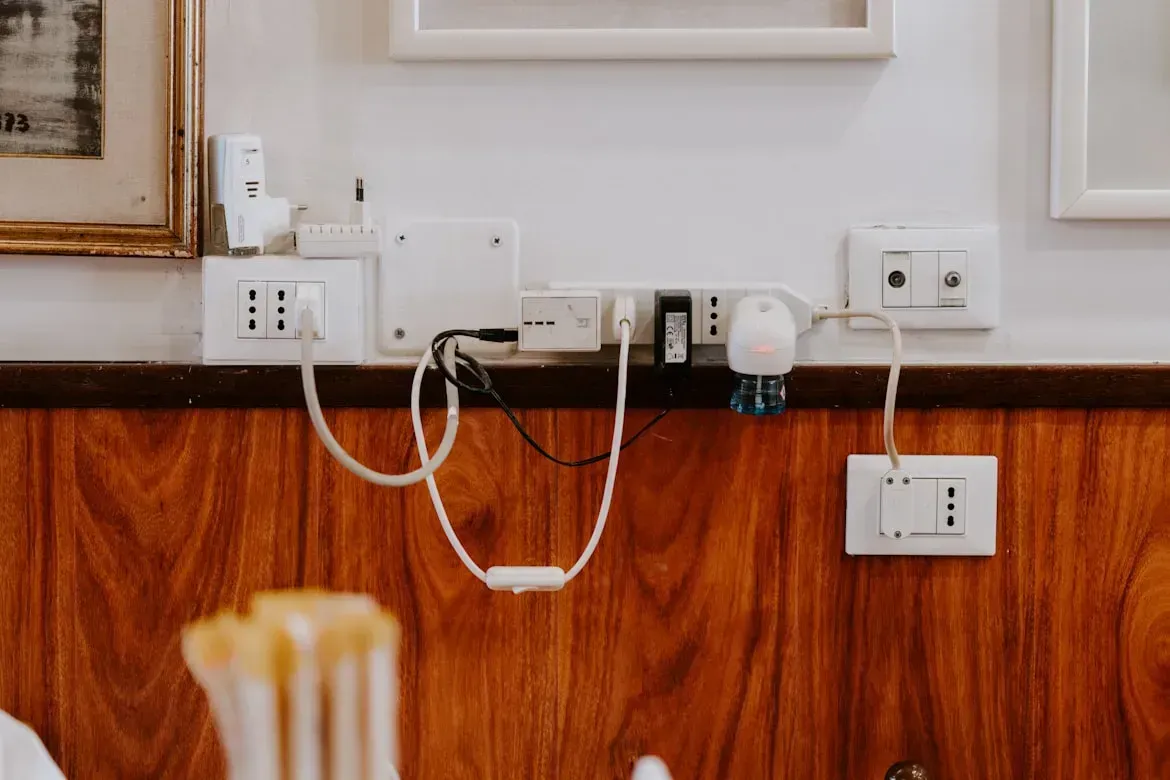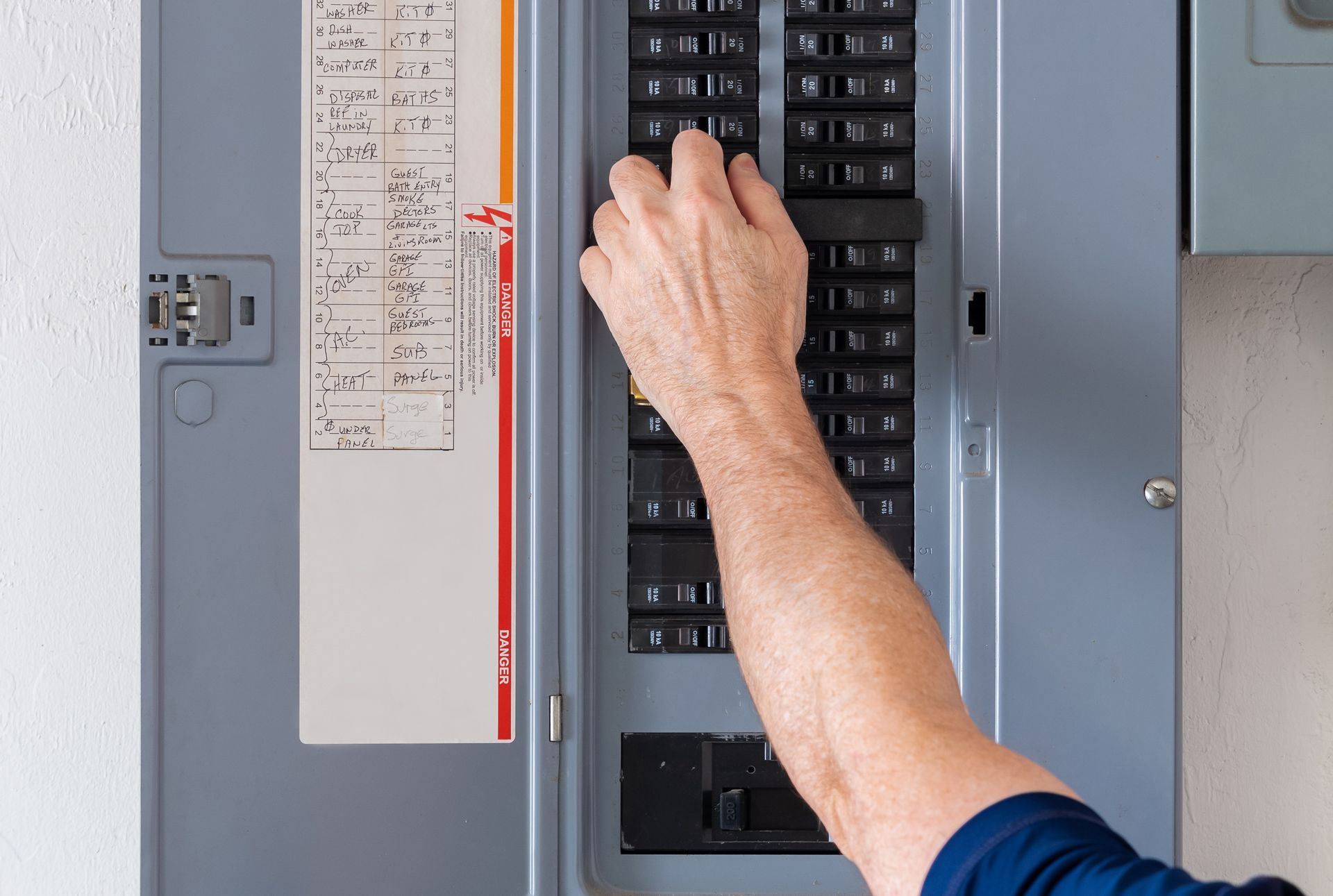
Why Your Circuit Breaker Keeps Tripping at Night (But Works During the Day)
Do you wake up to reset tripped circuit breakers that seemed fine during the day? This frustrating electrical issue affects many homeowners, disrupting sleep and raising concerns about home safety.
The main reason your circuit breaker trips at night but not during the day is because of increased electrical load during evening hours when more appliances and devices are running simultaneously. Temperature drops, humidity changes, and grid power fluctuations that occur at night can also trigger a circuit breaker that's already near its capacity limit.
Understanding why this happens at night specifically can help you solve the problem for good. Let's explore the causes and solutions to keep your home powered safely around the clock.
Understanding the Nighttime Circuit Breaker Mystery
Common Patterns of Nighttime Tripping
Circuit breakers that trip consistently at night but work fine during daylight hours often follow predictable patterns. Many homeowners notice trips happening between 6-10 PM or during the early morning hours. These aren't random events - they're responses to specific conditions that occur after dark.
The timing of these trips provides important clues about what's causing them. Evening trips often relate to peak usage times, while middle-of-the-night trips might point to temperature changes or cycling appliances like refrigerators or HVAC systems.
The Science Behind Circuit Breakers
Circuit breakers serve as safety devices that protect your home from electrical dangers. They monitor the amount of current flowing through a circuit and automatically shut off power when they detect:
- Overloads: Too many devices drawing power from one circuit
- Short circuits: Current flowing along an unintended path
- Ground faults: Current leaking into the ground
These protective devices use either thermal or magnetic triggers. Thermal breakers react to heat buildup from sustained overloads, while magnetic breakers respond instantly to sudden surges. Understanding which type of trip you're experiencing can narrow down potential causes.
Causes of Nighttime-Only Circuit Breaker Trips
Increased Power Usage in Evenings
The most common reason for nighttime circuit breaker trips is simply that you use more electricity after dark. When everyone's home in the evening:
- Lights turn on throughout the house
- TVs, computers, and other electronics run simultaneously
- Cooking appliances demand high power
- Heating or cooling systems work harder
This combined load can push circuits beyond their rated capacity. A circuit that handles 15 amps might work fine during the day when only a few devices are running but trip when evening activities add up to 16+ amps.
Temperature and Humidity Changes
Nighttime brings natural changes to your home's environment:
- Lower temperatures can cause increased demand on heating systems
- Condensation may form as temperatures drop
- Humidity levels shift between day and night
These changes affect both how your electrical system functions and how much power certain appliances draw. Your heating system works harder as temperatures drop after sunset, potentially pushing a borderline circuit over its limit.
Aging or Faulty Appliances
Some appliances show their problems only under certain conditions:
- Water heaters that work harder during evening shower times
- Refrigerators struggling during defrost cycles (often programmed for nighttime)
- HVAC systems with nighttime programming changes
Older appliances often become less efficient before failing completely. This inefficiency translates to higher power draw, especially during periods of heavy use or during specific cycles that happen to run at night.
Electrical Grid Fluctuations
Your local power grid experiences its own patterns:
- Voltage may drop slightly during peak usage times
- Power quality can vary throughout the day
- Grid maintenance often happens overnight
These external factors might be just enough to tip an already struggling circuit past its breaking point. Homes at the end of utility lines or in areas with aging infrastructure are particularly vulnerable to these fluctuations.
How to Troubleshoot Nighttime Circuit Breaker Issues
Tracking Power Usage Patterns
Solving your nighttime tripping problem starts with detective work:
- Note exactly when breakers trip
- List which appliances and devices run at those times
- Look for patterns related to specific activities (cooking, showering, etc.)
- Check if weather conditions affect tripping frequency
A simple log kept over several days can reveal patterns even professional electricians might miss during a brief service call.
Identifying Problem Appliances
Once you've tracked your patterns, focus on potential problem devices:
- Unplug suspected appliances for a few days as a test
- Pay attention to older devices that may be inefficient
- Check for hot plugs, outlets, or cords
- Listen for unusual sounds from appliances before trips occur
Major appliances like refrigerators, HVAC systems, water heaters, and electric dryers are common culprits since they draw significant power and often cycle on automatically.
Testing Circuit Load
Measure how close you're coming to your circuit's capacity:
- Identify which outlets belong to the problem circuit
- Calculate the total amperage of devices connected to that circuit
- Ensure the total stays under 80% of the circuit's rated capacity (12 amps for a 15-amp circuit)
- Check for multiple power-hungry devices sharing one circuit
Circuit testers and home energy monitors can help track usage without complex calculations.
DIY Solutions for Nighttime Circuit Trips
Balancing Your Electrical Load
Simple adjustments can often solve overload problems:
- Move some devices to different circuits
- Stagger the use of high-demand appliances
- Use timers to prevent everything from running at once
- Unplug unnecessary devices when not in use
Something as simple as moving your microwave to a different outlet or running your dishwasher after everyone's gone to bed can prevent overloads.
Upgrade Options for Homeowners
For more permanent solutions, consider these upgrades:
- Replace standard breakers with AFCI or GFCI breakers for better protection
- Install dedicated circuits for major appliances
- Add circuit-specific surge protectors
- Consider whole-home surge protection
These improvements not only prevent trips but also enhance your home's electrical safety.
When to Call a Professional Electrician
Warning Signs of Serious Electrical Problems
While many circuit issues can be solved with simple adjustments, these signs indicate a need for professional help:
- Breakers that trip immediately after reset
- Burning smells or sparking outlets
- Hot or discolored outlet covers
- Buzzing or crackling sounds from walls
- Multiple circuits tripping simultaneously
These symptoms suggest potential fire hazards that require immediate professional attention.
Choosing the Right Electrical Service Provider
When selecting an electrician in Utah, look for:
- Proper licensing and insurance
- Experience with residential electrical systems
- Good reviews from other homeowners
- Upfront pricing and clear communication
- Availability for both emergency and scheduled service
The right professional can diagnose complex issues and implement solutions that DIY approaches can't address.
Preventing Future Nighttime Circuit Breaker Problems
Maintenance Tips
Regular electrical maintenance helps prevent problems:
- Test GFCIs and AFCIs monthly using their test buttons
- Check for loose outlets or switches
- Keep circuit breaker panels clean and accessible
- Have a professional inspection every 3-5 years
- Replace damaged cords or plugs promptly
Small issues caught early prevent bigger problems down the road.
Smart Home Solutions for Power Management
Modern technology offers new ways to manage electrical usage:
- Smart plugs that monitor energy consumption
- Programmable timers for high-draw appliances
- Whole-home energy monitoring systems
- Smart circuit breakers that provide usage data
- Automated load controllers that prevent overloads
These tools give you unprecedented control over your home's electrical system.
Take Action for Safer, More Reliable Electricity
Don't let nighttime circuit breaker trips disrupt your life or put your home at risk. Whether you need a simple load redistribution or a comprehensive electrical upgrade, addressing the root cause brings peace of mind and uninterrupted power.
When electrical issues go beyond simple DIY fixes, Bar H Bar Electric is ready to help homeowners across Utah. Our experienced electricians serve Lehi, American Fork, Pleasant Grove, Sandy, Draper, St. George, Hurricane, Cedar City, Washington and surrounding areas with comprehensive electrical services including:
- Complete electrical repair and troubleshooting
- Electrical panel upgrades and replacement
- Electric car charger installation
- Interior lighting solutions
- Outlet and switch upgrades
- Spa hookups
- Home wiring and rewiring
Contact Bar H Bar Electric today to schedule a professional assessment of your nighttime circuit breaker issues and enjoy the safety and reliability of properly functioning electrical systems around the clock.
